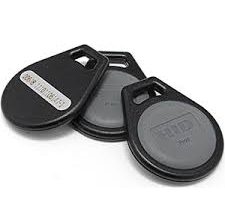 May 2021
May 2021
Home is a place to seek refuge from the elements, risks and dangers of the outside world. It is vital the condo home remain safe and secure. While this is part of the duties of a condo board, security is primarily determined by the practices, habits and awareness of residents.
No matter the level of security provided, and the degree to which technology is used to help protect the condo home, actions of building residents determine the effectiveness of condo security.
Building residents will often compromise security for convenience and privacy. Understanding how to maintain a reasonable level of convenience and privacy while maintaining security can be an ongoing challenge for condo boards.
The biggest challenge of security in a high-rise building is those who reside in the building. If residents distribute keys or access fobs to whomever they choose building locks, security systems and employees will fail to provide security. Providing building access to family members, lovers, contractors and others is a security risk to all building residents. Renting underground parking spaces to non-residents who then require access to a building is another risk. Once distributed, keys and fobs are rarely returned. With so many keys and fobs in circulation among individuals who should not have access, security systems on which residents rely are compromised.
Closed-circuit cameras allow for security coverage of a property. While they don’t necessarily prevent crime and damage, they help identify culprits and act as a deterrent. Residents are not always comfortable with cameras which can be intrusive. A compromise is to establish cameras ensuring they don’t record personal residences, bathrooms, locker rooms and other areas where privacy is presumed. Audio conversations are generally not recorded.
Technology continues to offer new ways for protecting the safety and security of building residents. License plate recognition technology can capture and record the image of every license plate entering and exiting a parking area. Key fobs integrated with fingerprint identification can prevent individuals from sharing their access fob with others. Sensors can track individuals who may fall or wander off and get lost. Portable motion detection cameras with cloud storage can be used to temporarily monitor a problem area.
Despite these and future technological innovations, and the size of a condominium community’s security budget, effective security will always require the active participation and support of building residents.







